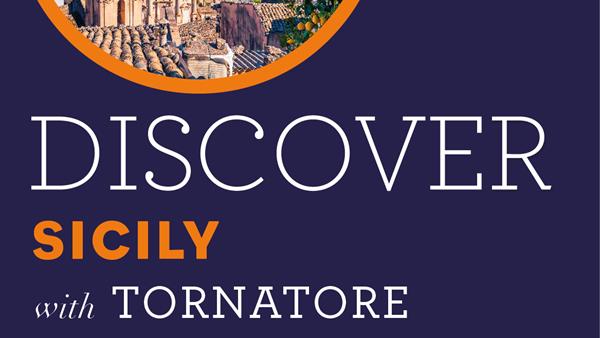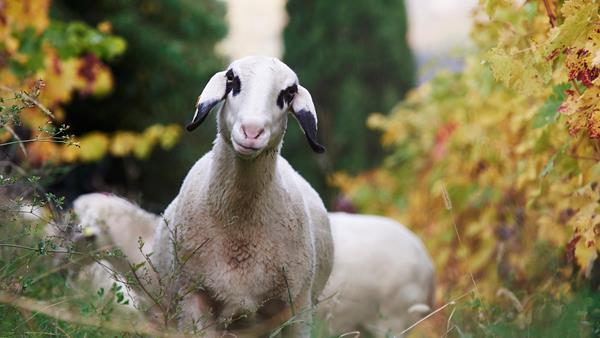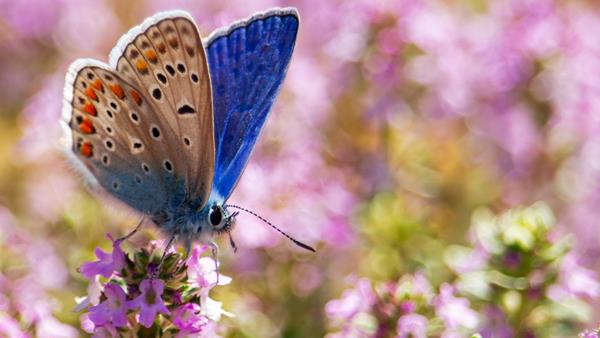The Evolution of Italian Fine Wine
It is believed that winemaking has been taking place in Italy since 4,000BC* – thanks to the discovery by archaeologists of a jar containing traces of wine dating back to the Copper Age.
Italian wine as we know it, and certainly the Italian classification system, is, however, a much more recent phenomenon. The first Italian wine classification was introduced in 1963, based on the French appellation system. There are now four officially recognised Italian wine classifications: Vino da Tavola, Indicazione Geografica Tipica (IGT), Denominazione di Origine Controllata (DOC) and Denominazione di Origine Controllata e Garantita (DOCG).
Traditionally, the best wines of Italy fell under the DOCG category (introduced to the classification system in the 1980s). Not only do DOCG wines have to be from a particular geographical location and adhere to regulations regarding the grapes used, alcohol levels, use of barrels, yields and ageing time, but they must also pass a taste test conducted by a government panel to guarantee quality.
There has long been debate over whether the classification system is fit for purpose, or whether the stringent rules are too restrictive. Not long after the system was introduced, winemakers in the ‘70s became frustrated by its limitations, mainly because they wanted to use non-indigenous grapes to improve the quality of their wines. This led to the birth of the now very popular ‘Super-Tuscans’. The first Super-Tuscan was Tignanello, made by the Antinori family in Chianti, and included a portion of non-indigenous Cabernet. The blend today is usually around 80% Sangiovese, 15% Cabernet Sauvignon and 5% Cabernet Franc. Following this trend, the IGT category was introduced in 1992, designed to mark the wines out as above Vino da Tavola in quality, but that don’t meet the DOC and DOCG regulations.
Modern day experimentation
This desire to experiment with grape varieties has continued to the present day. Alois Lageder in Alto Adige is at the forefront of wine evolution in Italy through their experimentation with grape varieties you would certainly not expect to see in the region; the likes of Viognier, Rousanne, Marsanne, Assyrtiko, Vermentino and more. The main aim of this experimentation is to see which grapes cope best with the changing climate. Many of the new varieties are used in their ‘Comets’ range, a collection of wines that came about in around 2012 when Lageder decided to vinify all of their grape varieties separately and use different methods. The range is all about innovation, experimentation, and most of all, learning.
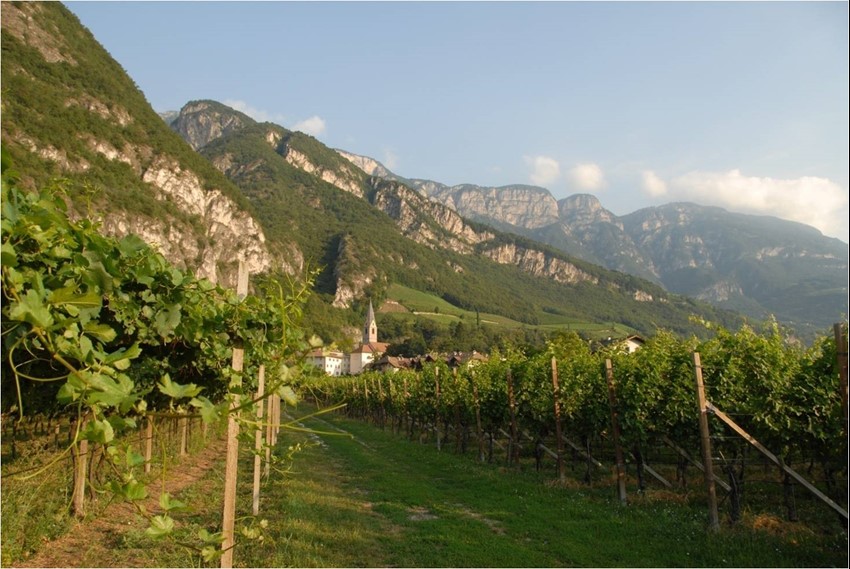
Alois Lageder's vineyards in Alto Adige
This idea of vinifying plots or crus separately is also one favoured by Vietti, one of the oldest estates in the Barolo area. Most would put Vietti in the more traditional category, however that has not always been the case. Dating back to 1873, their vineyards are spread around the region, rather than clustered around the winery as was traditionally the case due to lack of infrastructure. Vietti decided that he wanted to plant wherever he saw potential, despite the logistical difficulties. This is why Vietti now have so many vineyards and can produce such a large range of single vineyard wines.
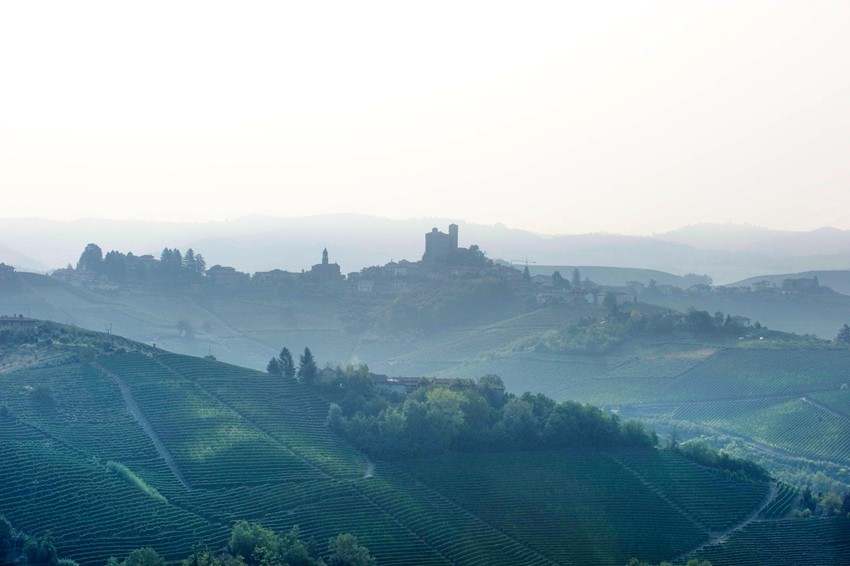
Scenery around the Vietti vineyards
Tradition and innovation
There are, however, plenty of Italian wineries that are staunch believers in indigenous varietals. Started in the 1970s, just as the Super-Tuscans were booming, Castellare di Castellina went against the grain deciding to use only indigenous varieties, and they continue to do so today. Although they are traditional in their love for Sangiovese, that is not to say they are not innovative. With the University of Milan they planted an experimental vineyard in Chianti in the ‘70s, looking at Sangiovese and Mavesia Nera clones, meaning they now have some of the best clones in the region. They also worked with the renowned Emile Peynaud to introduce the use of barriques in the winemaking process, a practice that was almost unheard of in Italy at the time.
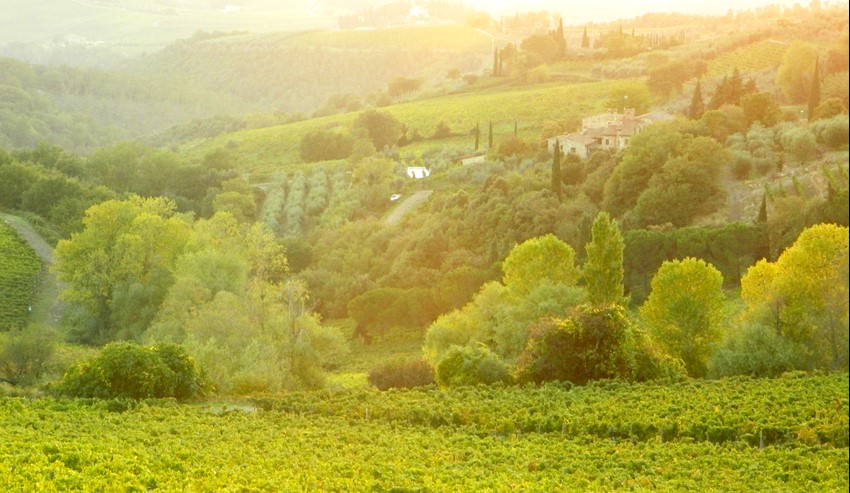
Views across Castellare di Castellina
Another winery with a passion for native varieties and old vines is Bibi Graetz, based in Tuscany and founded in 2000. Graetz can very much be considered a ‘garagiste’ winemaker, and in his own way has rebelled against both the Super-Tuscans, and the traditionalists. In the words of Monica Larner, “There is perhaps no greater ‘out of the box’ vintner in Italian wine than Bibi Graetz”. His wines are labelled as IGT because, although he uses indigenous Tuscan varieties, he is adamant the grapes have to be of the very best quality, and if that means taking them from outside the areas allowed by the DOC system, then he does so.

The steep, terraced landscape of Bibi Graetz's vineyards
A more recent trend in the evolution of Italian Fine Wine is the move towards a more elegant style, and away from the ‘Parkerised’ big bold wines. Lageder does this style of wine incredibly well; their trademarks are elegance, minerality and freshness. They are also pioneers in another relatively new move towards biodynamics and they are trailblazing sustainability in Northern Italy.
Lageder have the upmost respect for the land, and an obsession with terroir. With the threat of worsening global warming, they believe that working biodynamically and with extreme respect for the environment is the only way they will be able to continue producing their fresh and elegant style of wine in the future.
Italian Fine Wine has been through quite the journey from 4,000BC to the present day, and I think it is fair to say it is currently in the best place it has ever been.
*Traces of 6,000-year-old wine could rewrite Italy's winemaking history - The Drinks Business

